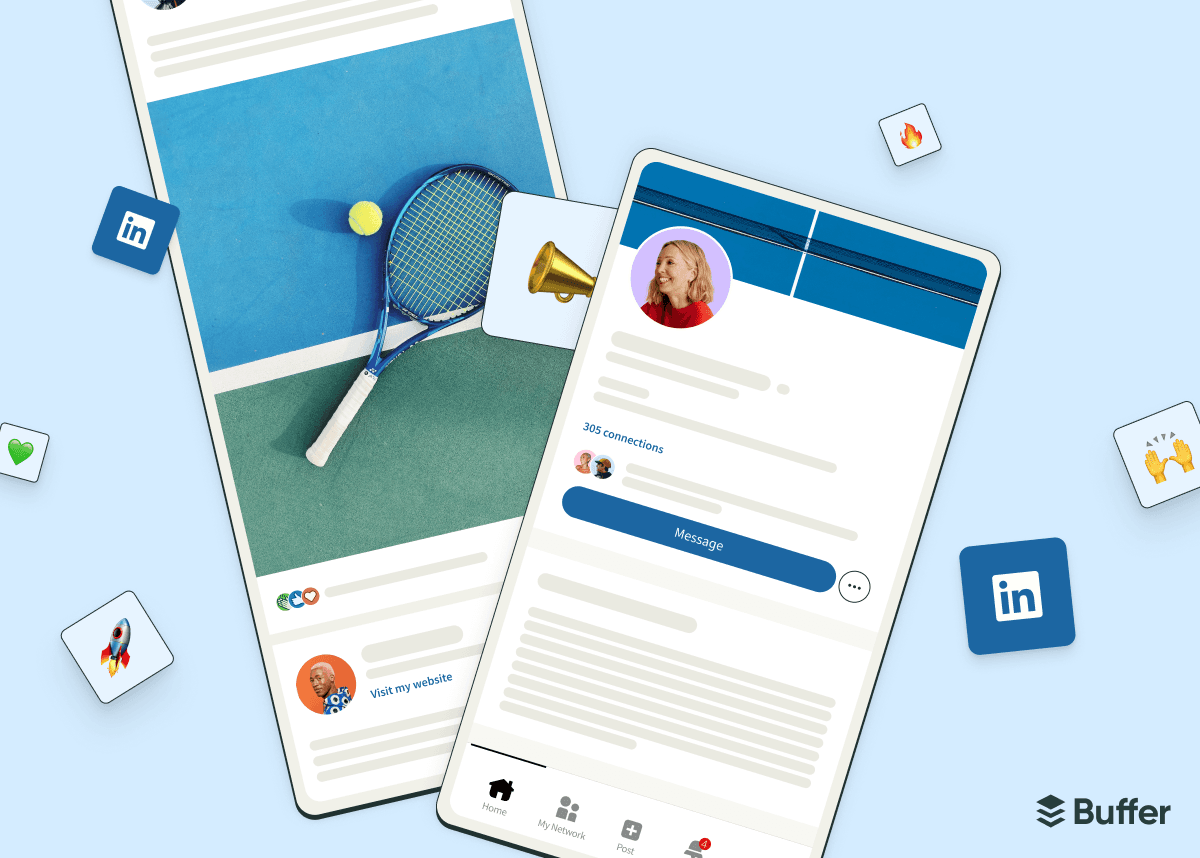Without a clear target market, you have to rely on “spray and pray” marketing. You don’t have a specific audience in mind, so you create a lot of content, publish randomly, and pray that something in your content catches the attention of the right people.
That untargeted way of creating and distributing marketing content is both inefficient and ineffective. Results you get from broad marketing messages are mediocre at best: even if you reach a lot of people, your chances of reaching people that will actually become customers are slim.
Defining specific target markets will help you craft personalized messages that resonate better with your potential buyers. In other words, knowing your target markets will help you reach people who need your solution the most.
Selling is a lot easier when you’re selling to the right people. Identify the people who need your solution the most by looking at your product and existing customer base, analyzing your competition, and consolidating the data into a readable chart.
Step 1: Identify Existing Ideal Customers and List Their Characteristics
One way to identify potential customers is the two-block method. Choose your favorite existing customers and then search for “prospects within two blocks that meet their standards.”
As a small business owner, you probably already have specific customers in mind. List those customers and use their information to start giving your target market some specific characteristics. Here are some prompts to help you gather the right information (which will form your target market profiles):
- Their age. This doesn’t need to be too specific—a range will do.
- Their civic status. This indicates whether they’re single, dating, or have a family. If they have a family, then find out if they have kids and pets.
- Their career status. This is their job title and level of seniority.
- Their hobbies. These are activities that they like to do in their free time (e.g., crocheting, playing games, etc.).
- Their problems. These are problems they face in everyday life, like back pain or not having enough time to get everything done.
- Their passions. These are things they’re passionate about, like cleaning the oceans, good parenting, or climate change.
- Their daily routine. This is how they spend their time.
- Who they influence. This is a list of the people who look up to them.
- Who influences them. This is a list of people who they look up to, usually indicated by what they like and who they follow on social media.
- Why they love shopping with you. This could be because they love your products, the customer experience, etc.
Use social media, personal emails, surveys, and quick calls to get more information about your existing customers. You can also get information from your sales team, if you have one. In case you don’t get enough responses, consider offering an incentive in exchange for your customers’ time.
At the end of this step, you should have a list of information that can build a vague target market profile.
Step 2: Identify the Problems You Solve and the People Who Benefit the Most From Your Solution
People don’t buy products or software for the sake of buying things. They buy products or software because they have a problem that they need to solve. Identifying the problems you solve and how you can make your users feel better will give you a good idea of who will want—and pay for—your help.
Start figuring out your product’s primary value-add by naming the features and benefits of your product. The feature of a time tracker, for example, is that users can generate a report of what their hours look like that they can submit to a manager or a client. The benefit is that a time tracker helps users focus on one task and complete it within the allotted time.
After you identify the features and benefits, dig deeper into why your existing customers love your product. Create one-liners that identify your customers’ pain points with this format: “As a [customer type], I need your [product] to [the problem your product solves].”
With the time tracker example, you can write: “As a freelancer, I need your time tracker to bill my clients.” If that feels too broad and unhelpful, try getting more specific: “As a freelance copywriter, I need your time tracker to keep track of how many hours I work and send my clients a clear invoice at the end of every month.”
Match each customer type to the specific value that you add for different kinds of people. A freelancer, for instance, needs your time tracker to bill clients. An employee, on the other hand, doesn’t have clients, so your product’s major value-add would probably be helping them focus.
Step 3: Evaluate Your Data and Create Your Target Market Draft
Now that you have gathered enough data on your existing customers, it’s time to check how applicable that data is to real people. Ask yourself these questions:
- How do I find and reach the people in my defined target audience?
- Is my product in their price range?
- Does my defined target audience really have the problems that I listed?
If you can’t find your defined target audience, you can’t reach them or market to them. You can find out where your target audience lives by doing some research on public forums like Reddit and social media sites. If you really can’t find your defined target audience, you might need to broaden your definitions to include more people.
If your audience can’t afford your product, then you either have to restructure your pricing or redefine your target audience. Generally, this shouldn’t be a problem since you used existing customers in your research. But being aware of who can and can’t afford your product will help you save time by targeting the right people.
Find out if your defined target audience really has the problems you listed by talking to real people. Ask your customers, friends, and family members who fit your criteria what their problems are and why they would use your product. If your answers align, great.
Step 4: Compare Your Target Market Draft Against Real People
Now that you have a list of target markets, look for some people on social media who fit the profile. Doing so will tell you if your profiles are too broad or too specific. If you find too many people, your profiles are probably too broad. On the flip side, if you don’t find enough people who fit your description, your profiles are too specific.
Go on LinkedIn, Facebook, Instagram, and other social platforms and look for people who fit your definition. On Facebook, you can go onto business.facebook.com and search for people by location, hobbies, and interests. On LinkedIn, you can use the search bar and filters to look for people by their careers and history. On Pinterest, you can find out what people are interested in and passionate about by going on their profiles and checking out their Pins.
You don’t need to find people who check all the boxes—just real people who are two blocks away. This will help you confirm your target persona actually exists and give you even more details about what those people care about, struggle with, and want in a product.
Step 5: Build Your Target Market Personas
Now it’s time to build your target market personas. Based on your research, create imaginary people that belong to your target market so that you can create marketing content for specific people—people with names, hobbies, and stories, even if all of those are made up.
Luke Rees, Head of Digital at AccuraCast, said, “Personalization…[is] more about delivering timely and relevant messaging, segmented by visitor traffic or customer personas and that resonates across all your marketing channels.”

Start building your target market personas by giving each of your target audiences a name. Then, list key pieces of information about each of your imaginary friends:
- A short description of their personality and life
- Their pain points (and how they’ve tried to solve those pain points in the past)
- What problem your product would solve for them
- Benefits they get from using your product
- What makes them buy
- Their buying process
- Key features that will make them choose your product
Here is the template we created to get you started.
Increase Sales and Marketing ROI With Personalization
Personalization may sound like a buzzword, but it has very real benefits. According to McKinsey, personalization increases the efficiency of marketing spend by 10% to 30% and increases revenue by 5% to 15%.
But personalization can’t come out of thin air. Clearly defining your target market is the first step toward creating personalized messages that not only reach but motivate, the people most likely to become paying customers.
Try Buffer for free
190,000+ creators, small businesses, and marketers use Buffer to grow their audiences every month.




